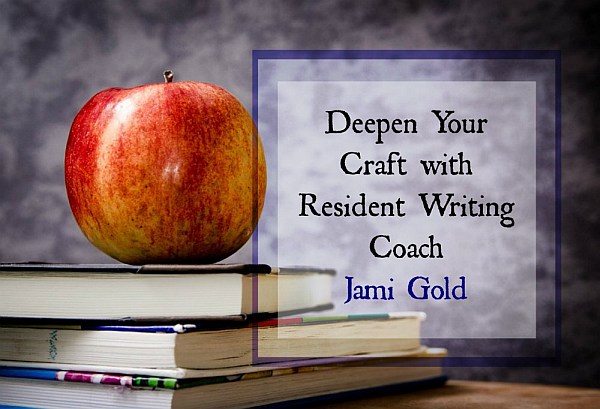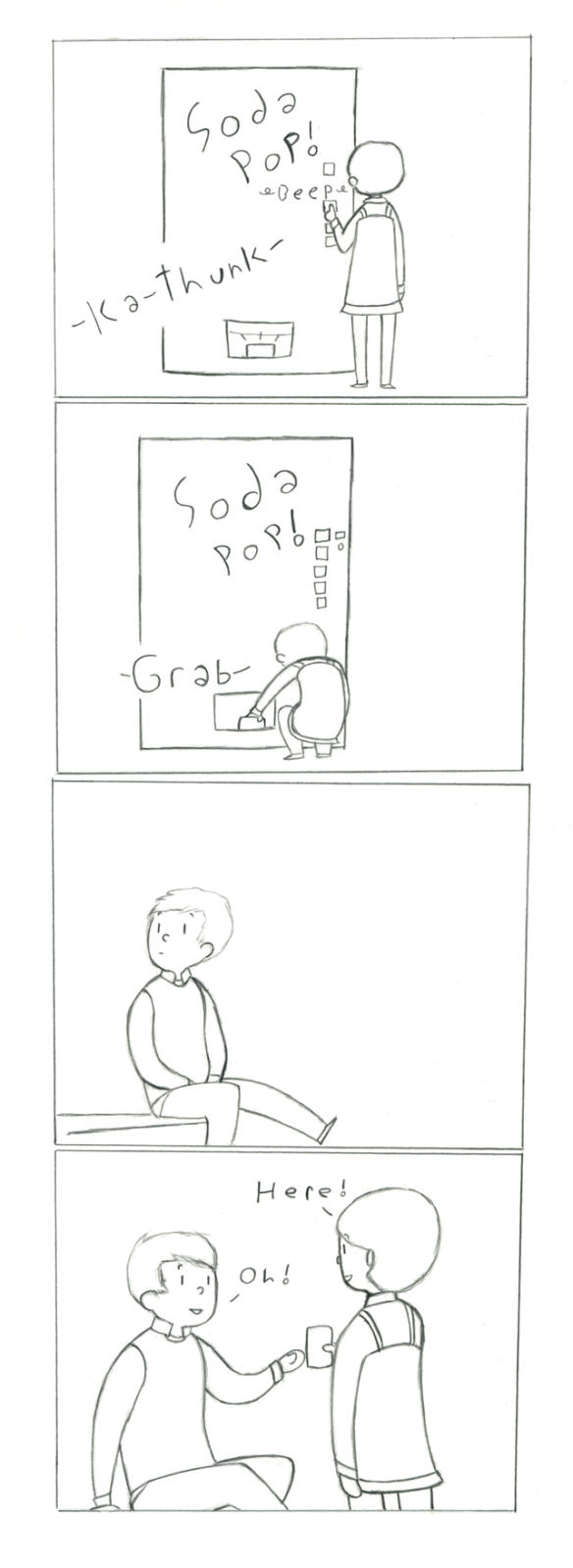It’s time for another one of my guest posts over at Angela Ackerman and Becca Puglisi’s Writers Helping Writers site. As one of their Resident Writing Coaches, I’ve previously shared:
- insights on how to approach an overwhelming revision
- how to increase the stakes (the consequences for failure) in our story
- 7 ways to indicate time passage in our stories (and 2 issues to watch out for)
- how to translate story beats to any genre
- how and why we should avoid episodic writing
- how to find and fix unintended themes
- how “plot” holes can sneak into our characters and worldbuilding
- how TV shows can help us learn to hook our readers
- what we can learn from stories that successfully break the rules
- how to ensure revisions aren’t creating rips in our story
- how to create strong story goals that won’t slow our pacing
- how to keep readers supportive through our characters’ changes
- how to use bridging conflict to kick off our story’s momentum
- how to create the right pace for our story (and make it strong)
- how to make the “right” first impression for our character
With this turn for another coaching article at WHW, I’m exploring whether every story needs conflict. We often assume the answer is yes, but what if our story idea features low — or even no — conflict? Is our story doomed? Let’s take a look…
Conflict: The Usual Advice
When I ask the question “Does every story need conflict?” the usual assumption is probably yes. We might even throw a “duh” into our answer for good measure. *smile*
In fact, we often study how adding conflict will help our story’s pacing or tension or character arc. We layer internal and external conflict to round out our story and character. Or we experiment with tweaking the stakes of our story’s conflict to increase the consequences of failure.
Without conflict, our character’s success wouldn’t be in question. Without the threat of failure, our characters wouldn’t have strong motivations to avoid the negative consequences. And readers wouldn’t have the same compulsion to turn the page and discover “What happens next?”
Conflict: The Usual Approach
In novels and movies, especially in genre stories, we’re used to the idea of needing conflict—and lots of it—in our stories. The reason is that most storytelling we’re used to focuses on character goals and story problems.
Is our story doomed if the idea doesn't lend itself to include conflict? Click To TweetWith a story problem, characters have goals to overcome the problem and “win.” They win the love interest, they beat the villain, they earn the promotion, etc.
That story structure requires conflict because without it, the story would be over—with the character succeeding in their goal—before it even got started. Conflict is what gives the story its shape between the beginning and the ending.
We use conflict, such as obstacles and setbacks, to reveal our characters: their priorities, fears, growth, etc. Their successes and failures reflect on them and make readers invested in the story.
But that’s not the only way to tell stories. In fact, some stories contain no conflict at all.
Wait…Stories without Conflict?
Obviously, using conflict to reveal character is not the only way to learn about someone, fictional or not. And not every story centers on characters anyway, as some focus more on themes, morals, journeys, etc.
In fact, if we stop and think about other types or mediums of storytelling, everything from comics to video games, we might realize that the types of stories that readers find enjoyable is far broader than we often see in our fiction-writing genres.
For an example of the diversity in storytelling that we might forget exists, here’s a no-conflict story based on the kishōtenketsu structure:
So not every story fits with the usual advice about conflict. But there’s a risk, especially with audiences who expect the usual dramatic narrative structure for our stories.
How do the exceptions get away with a different approach? And how can we know if our story might fit with those exceptions (or if we’re just falling for wishful thinking because coming up with conflict is hard)?
Writers Helping Writers: Resident Writing Coach Program
No Story Conflict? Explore Your Options
Other than simply trying to add more conflict, what are our options when our story doesn’t lend itself to the usual conflict advice? Come join me at WHW above, where I’m sharing:
- how the well-known dramatic-arc structure doesn’t work for every story
- 6 examples of story structures with a different approach to conflict
- what makes a story a story (hint: it’s not conflict)
- how stories can incorporate change outside the story itself
- a closer look at the kishōtenketsu story structure
- how alternate story structures won’t automatically “fix” our low/no conflict stories
Can you think of stories with low or no conflict? How did the story keep the audience invested? Do you struggle with adding conflict to any of your stories? Do you think they might fit in an alternate structure (and if so, why)? Do you have any insights or questions about using alternate approaches to conflict in our stories? (My WHW posts are limited in word count, but I’m happy to go deeper here if anyone wants more info. *smile*)


